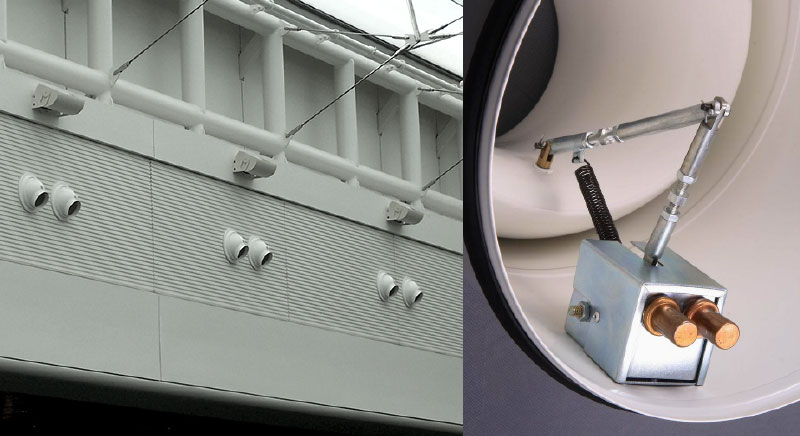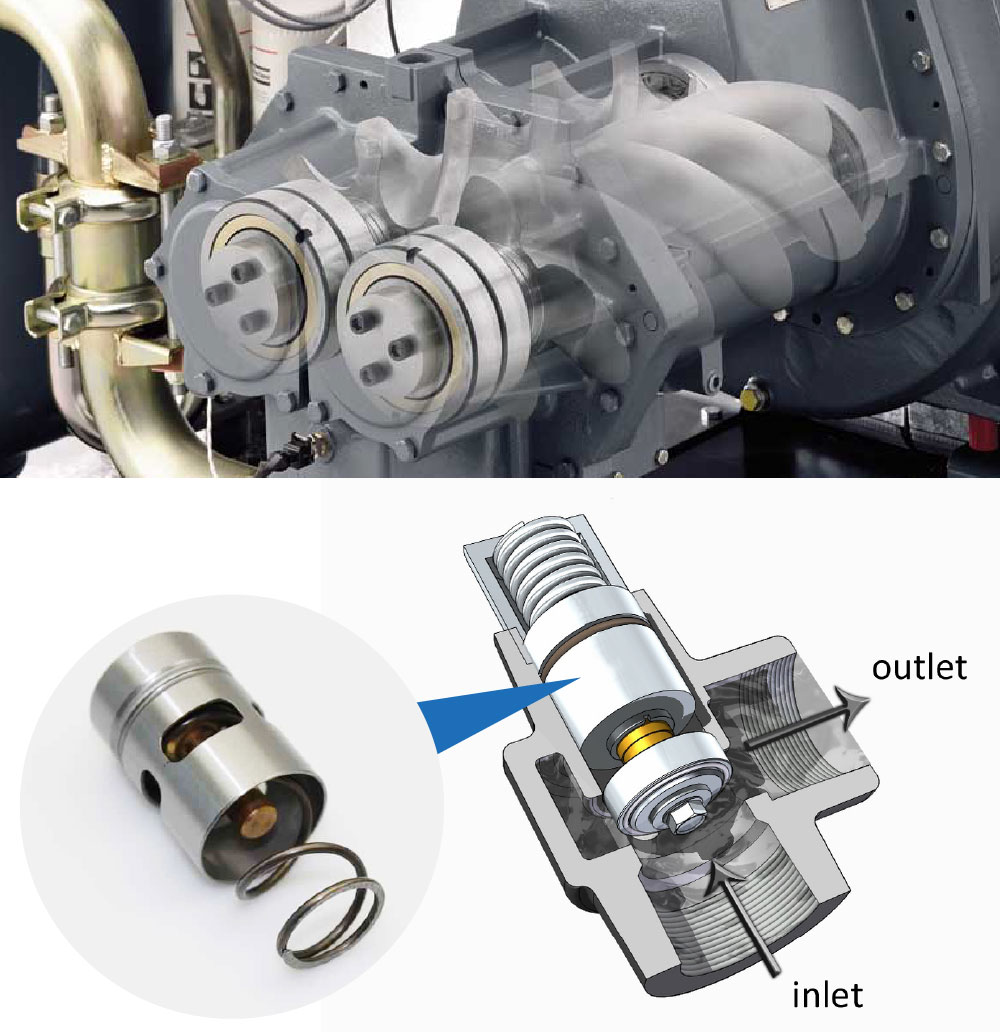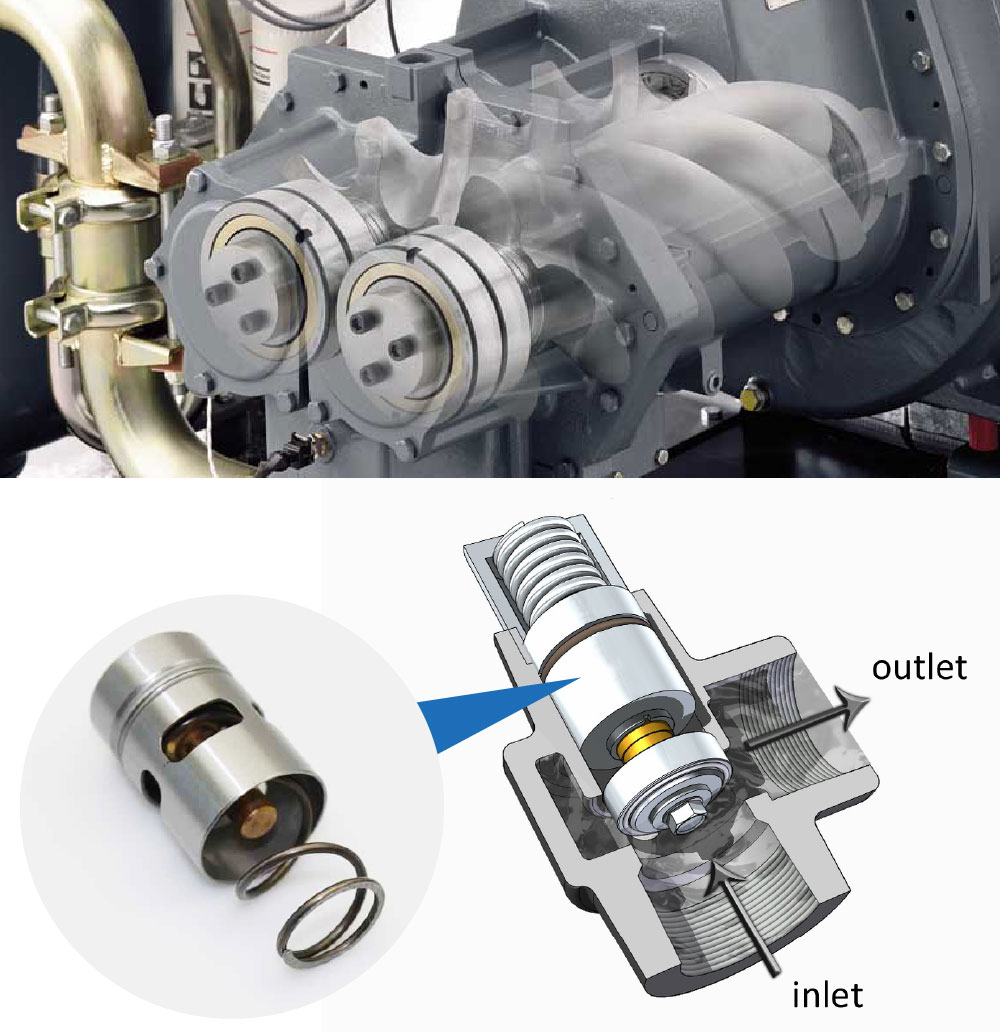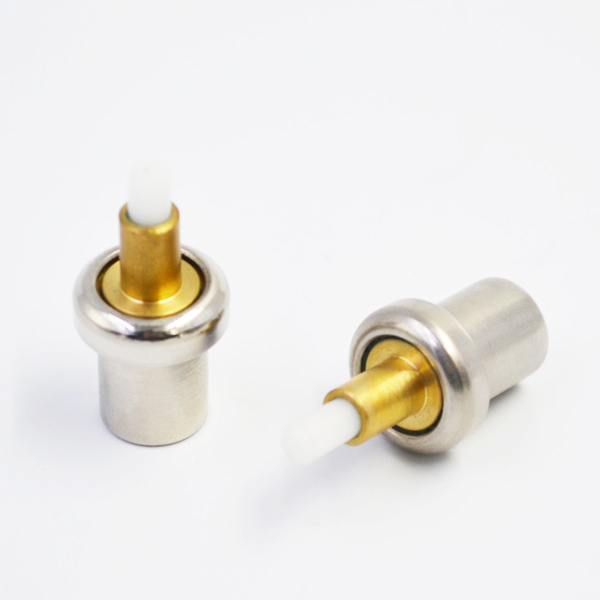The energy-saving controller used in traditional production process in our country has the problem of poor control effect. In the era of high modern technology, an energy-saving controller based on electrical automation control should be designed. Firstly, we should improve and optimize the whole energy-saving control power system from the use and design of hardware, so as to ensure the energy control ability in the whole electrical automation control link, and constantly reduce the energy consumption. At the same time, we should improve other hardware in the production link to ensure its low consumption in the use link. Ability.
The minimum power of energy-saving control in the design of energy-saving software is updated comprehensively, which can prevent the energy consumption in the reserved link, and optimize and improve the whole power supply system to prevent the traditional energy-saving control system from still having other energy consumption aspects. The power automatic regulation system in this system should also be used. Improvement is made to ensure that the energy-saving controller under the new electrical automation control can reduce energy consumption.
After the design is completed, relevant experiments should be carried out to prove the rationality and effectiveness of the new energy-saving controller. At present, the social economy is developing at a very high speed, which makes the process of urbanization construction vigorously promoted.
The worldwide energy shortage problem has become an important problem, and it is difficult for China to escape from this problem. At present, this problem has become an urgent task to be solved. Electric energy is the most important of all energy sources, and also the lifeblood of economic development. But in recent years, electric energy is also a major part of the energy shortage problem. How to reduce power consumption has also become the focus of attention. Therefore, enterprises should improve the entire electrical automation control system, so as to ensure that the electrical automation equipment and the whole system has been in a good state of operation, so as to continuously reduce the energy loss caused by the system operation process.
But this work requires high quality of electrical automation equipment.

According to the corresponding problems, a design scheme of energy-saving controller under electrical automation control is proposed. The experiment proves that this design scheme can effectively prevent energy waste caused by traditional control system, and also can automatically regulate power. Improvements have been made. When designing the energy-saving controller in the electric automation control link, the requirement for its hardware is relatively high, and the total energy consumption in the process of electric automation control should be recorded. The main purpose of collecting this data is to satisfy the requirements of the control signal generator regulator and the response judgement regulator, and to make the limit strong. Two kinds of regulators are needed to complete the degree circuit. The main requirements of hardware design are as follows: Firstly, in the process of optimizing the whole electrical automation system and designing the energy-saving controller, we should first record the total amount of energy consumption caused by the electrical automation system, and also reflect the dynamic demand of power energy in different time periods, and according to this.

Dynamic changes are used to calculate the amount of energy loss caused by the operation and non-operation of the whole power system. Secondly, in the process of designing and optimizing the electrical system, the overall operating efficiency of the electrical automation system, the total amount of energy consumption and the amount of energy consumed by abnormal ways should be taken as the basis of the research. Combining it with professional knowledge and related theory, the regulation of energy-saving control of the whole power system is established, and the optimization of other facilities of energy-saving controller of electric automation system is completed. It should also play a more precise role in energy-saving control of the whole electric automation system. When designing the energy-saving controller under the control of electric automation, the principle of its use is to collect and process the data, and use SFT to carry out experiments. The best advantage of this method is that it can transform and integrate the electric energy efficiency, so as to ensure the instantaneity of the experimental results, in turn.
The acquisition of tactile data is the first step when converting and integrating power efficiency. In order to effectively solve the problem of long processing time in the operation of electrical automation system, it is necessary to simplify the multi-variables, thermostatic element eliminate the data doped in them which do not meet the standard, and finally complete the work of conversion and integration of power efficiency. To simplify the instantaneous data into a single data, the main purpose of this method is to eliminate the cluttered data quickly and effectively. When the removal work is completed, the conversion and integration of power efficiency can begin. The standby system should be optimized when designing the energy-saving controller of electrical automation. The standby system is the hardware connection process of the whole system and the energy control in its non-working state. The traditional controller is in a high energy consumption state for a long time without working state. By improving the standby system, the energy consumption of the whole system can be reduced, which can better complete the work of energy consumption reduction. Firstly, the ballast situation of the controller in the machine state should be calculated, and the ballast data of the system in standby condition should be determined. After the ballast number has been confirmed, the optimization design of standby energy consumption can be further carried out. When choosing the limit data, we should ensure that the power auto-regulation is optimized, so as to further guarantee the accuracy of the data. Another way of expressing limit data is limit value, which is basically the same, so whether the maximum value of data or the minimum value of data should be automatically adjusted and optimized before it can be confirmed.
When the power automatic regulation function is optimized and improved, the energy loss of equipment can be effectively reduced [4]. In order to ensure the effectiveness of energy-saving controller in electrical automation control, the data setting should be completed first. In the actual recording process of the maximum and minimum limit data, the measurement results should be guaranteed within the range of [10.7, 15.3]. At the same time, in the process of selecting the values, we must ensure that the data is appropriate, neither too many choices nor too few values can be selected, so as to ensure that the data acceptance parameters are 14.0 [5]. In order to make the energy-saving controller play the most effective role, first of all, we should optimize and adjust the data of the energy-saving error link, and adjust the data needed to adjust compared with the conventional data table.

As shown in Fig. 1, this figure is the corresponding result of the traditional way of testing. The dotted line mainly chooses two time points. From the figure, it can be seen that the power consumption of the traditional method is much higher than that of the design in this paper. Figure 2 is the power loss diagram of the traditional method and the energy-saving controller.

By comparing the two diagrams, it can be found that the electric automation The energy-saving controller under chemical control needs far less energy than the traditional way [6].
The energy-saving controller under the electric automation control can optimize and improve the traditional energy-saving control power system, and make a new calculation of the lowest power electric energy control link in the software. The experiment proves the effectiveness of the energy-saving controller under the control.
